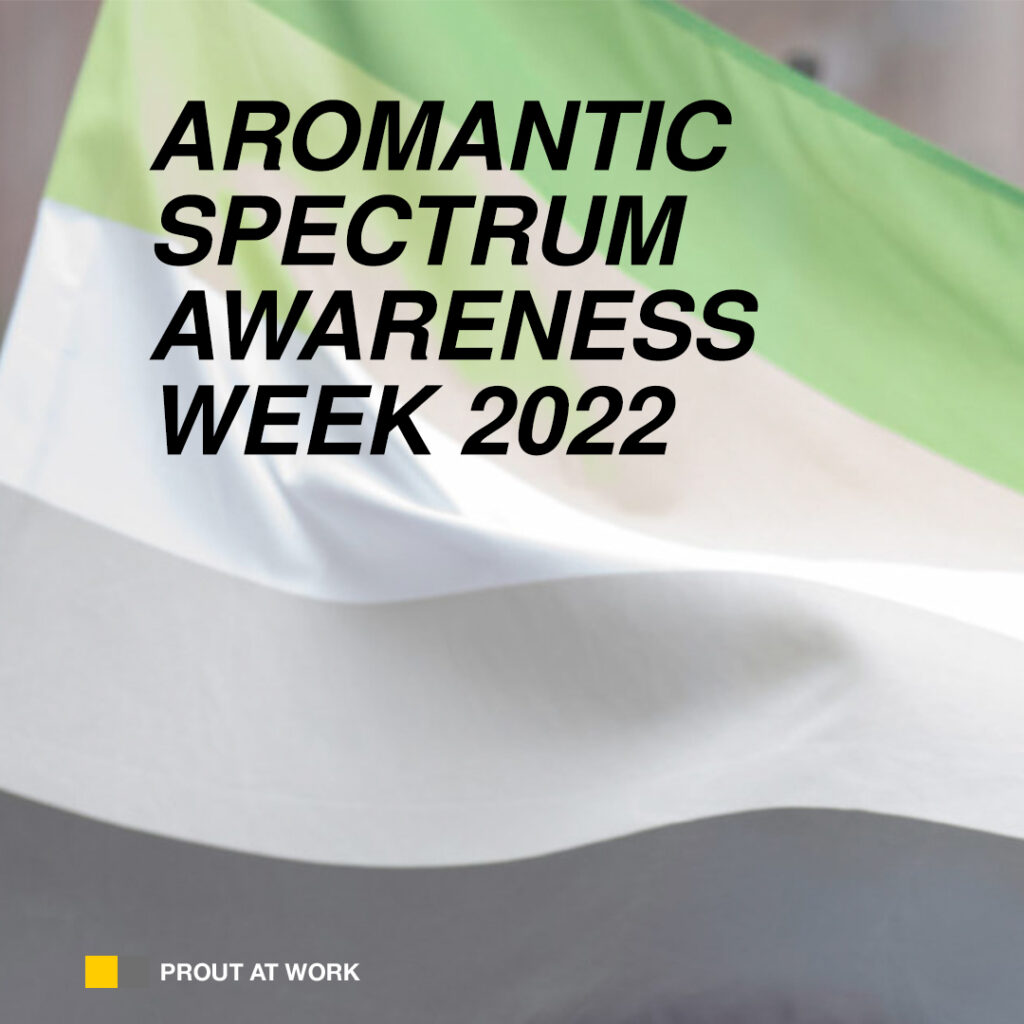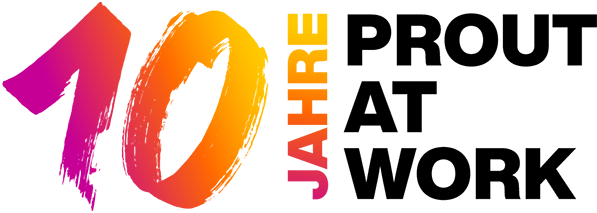
Die ASAW (A_romantic Spectrum Awareness Week) findet seit 2014 jährlich statt – erstmals vom 10. – 17. November 2014 unter den Namen „A_romantic Awareness Week“. 2015 wurde dann entschieden, die Woche auf Ende Februar zu verschieben und den Namen auf A_romantic Spectrum Awareness Week abzuändern, damit alle Arospec-Identitäten angesprochen werden.
Die ASAW startet eine volle Woche nach dem Valentinstag (Start am Sonntag). Sie folgt direkt auf diesen romantischen Feiertag, um der a_romantischen Community einen Platz zu geben, ihre Identität zu feiern und ihre eigenen Erfahrungen zu teilen.
Innerhalb der Woche soll auf das Bewusstsein und die Akzeptanz von Identitäten des a_romantischen Spektrums und auch auf ihre Diskriminierung aufmerksam gemacht werden.
Der Begriff „A_Romantik“ bildet sich aus dem Präfix „a“ bzw. „ab“, was „kein“ oder „ohne“ bedeutet und bezieht sich auf keine, nur geringe oder nur unter bestimmten Umständen auftretende romantische Anziehung anderen gegenüber. Die Personen zeigen kein bis wenig Verlangen nach einer romantischen Beziehung und fühlen sich manchmal sogar davon abgestoßen. Dennoch schließt das nicht aus, dass auch a_romantische Personen romantische Anziehung spüren oder in einer nicht-rein platonischen Beziehung leben können. Manche haben – aus verschiedenen Gründen – Interesse an romantischen Beziehungen mit anderen Menschen, andere wiederum nicht.
A_romantische Menschen geben an, dass es ihnen schwerfällt „sich zu verlieben“. Dabei entscheiden sie sich manchmal dafür, nicht-traditionelle Beziehungen zu führen oder auf Beziehungen zu verzichten. Ablehnungen gegenüber romantischen Handlungen können sich bei a_romantischen Menschen von Person zu Person unterscheiden. (Beispielsweise bevorzugen manche nur Umarmungen, lehnen aber Küsse ab)
A_Romantik hängt nicht zwangsläufig mit A_Sexualität zusammen. Es gibt Personen, die sich sowohl als a_sexuell, als auch als a_romantisch identifizieren, aber dies ist aber kein zwingender Zusammenhang. Das Gegenteil zu A_Romantik ist die Alloromantik (Personen, die sich zu anderen Menschen romantisch hingezogen fühlen).
In der a_sexuellen und a_romantischen Community wird zwischen sexueller und romantischer Anziehung unterschieden. Deshalb sind verschiedene Kombinationen an Sexualität und romantischer Anziehung möglich (bspw. homosexuell und a_romantisch) Dies wird als „Split Attraction Model“ (getrenntes Anziehungs-Modell) bezeichnet. A_Romantik wird als Spektrum gesehen, unter das auch Personen fallen, die sich nicht als „vollkommen a_romantisch“ identifizieren.
Das A_romantische Spektrum lässt sich in verschiedene Untergruppierungen unterteilen:
– Grauromantik (romantische Anziehung wird nur selten oder schwach empfunden)
– Demiromantik (romantische Anziehung erst nachdem Vertrauen aufgebaut wurde)
– Lithromantik (Anziehung gegenüber anderen Personen, ohne das Verlangen, dass diese Gefühle erwidert werden)
– Quoiromantik (Personen, die zwischen romantischer und platonischer Anziehung schwer unterscheiden können)
und viele mehr.
Die Symbolik hinter den Farben der a_romantischen Flagge:
- Dunkelgrün steht für die A_Romantik (Grün ist das Gegenteil von Rot, welches oftmals für romantische Liebe steht)
- Hellgrün kennzeichnet das a_romantische Spektrum
- Weiß steht für Formen nicht-romantischer Anziehung (wie platonisch, ästhetische und queerplatonische Beziehungen)
- Grau stellt „grauromantische und demiromantische Personen“ dar
- Schwarz kennzeichnet das „Spektrum der Sexualität“

A_Romantik lässt sich individuell definieren, demnach ist dieser Post dazu da, über das Thema zu informieren und einen grundsätzlichen Überblick zu verschaffen. Nutzt die Woche, um euch mehr mit der Thematik zu beschäftigen, denn – Mensch lernt nie aus!
